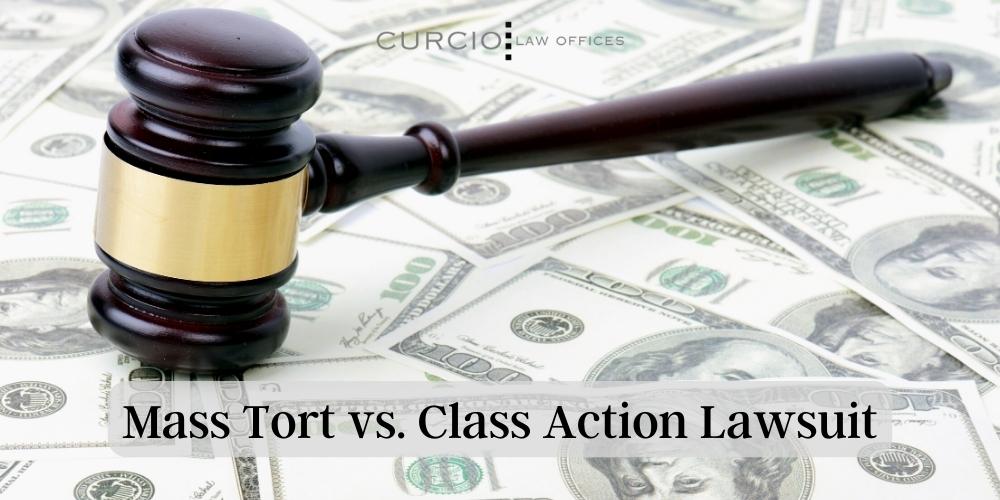Future FinTech Class Action Lawsuit: Understanding Your Rights
Checking Out Class Action Legal Actions: What You Required to Know
Course action legal actions have come to be progressively prevalent in today's lawful landscape, with individuals joining pressures to seek remedy against firms and organizations. In this discussion, we will explore the ins and outs of course action legal actions, shedding light on their interpretation, the needs for filing, and the potential advantages and disadvantages involved.
The Interpretation of Class Action Lawsuits
What precisely is the definition of a course activity suit? A course action legal action is a legal activity submitted by a group of people who have similar cases versus a defendant. It allows a a great deal of individuals, called the course participants, to collaborate and seek their insurance claims jointly, instead than each specific filing a different lawsuit. When the number of prospective complainants is also huge for specific suits to be useful, Class activity legal actions are typically brought. They are frequently made use of in instances involving consumer protection, product obligation, securities fraud, and employment problems.
One of the crucial elements of a class action claim is that the lead plaintiff, likewise referred to as the class rep, stands for the rate of interests of all the course participants. The court assigns the lead plaintiff based on their capacity to relatively and appropriately represent the course. The lead complainant functions closely with the class action attorney to construct a solid case and look for compensation or various other solutions in behalf of the entire class.
In order for a course action lawsuit to continue, the court must accredit the course. This indicates that the court identifies that the lawsuit fulfills specific requirements, such as numerosity (a big enough variety of class participants), commonality (usual concerns of law or truth), typicality (the claims of the lead complainant are common of the course), and adequacy of representation (the lead complainant and class advise are capable of representing the class's rate of interests) When the course is accredited, the lawsuit can relocate ahead, and any judgment or negotiation reached will apply to all course members unless they select to opt-out.
Class action lawsuits offer a vital purpose in providing accessibility to justice for people who may not have the sources to seek their claims separately. They additionally promote effectiveness in the lawful system by consolidating similar cases into a solitary activity, decreasing the burden on both the court and the celebrations entailed.
Requirements for Submitting a Class Action Claim

One more demand is that the class should be adequately many. The specific variety of class members required may differ relying on the territory and the nature of the instance. Nonetheless, it is usually anticipated that the course should be big enough that joining all the individual plaintiffs right into a single suit is a lot more efficient than having multiple separate legal actions.
In addition, it is vital that the class agent, who is the specific or entity bringing the suit in behalf of the course, has regular insurance claims and defenses to those of the class participants. The agent has to likewise have the ability to appropriately and relatively represent the interests of the whole class.

Benefits and Drawbacks of Class Activity Claims
Class action lawsuits supply both advantages and disadvantages for plaintiffs and offenders associated with the lawful process. On the one hand, one of the substantial benefits of class activity legal actions is that they supply a affordable and efficient means for people with comparable insurance claims to pursue justice jointly. By settling many comparable situations right into one claim, class actions simplify the lawful procedure and save time and resources for both plaintiffs and defendants.
Another benefit of course action claims is that they permit individuals with minimal resources to look for compensation for their problems. In cases where the possible recovery is tiny, individual legal actions may not be financially viable. Nevertheless, by signing up with pressures in a class action, complainants can merge their resources and enhance their opportunities of acquiring a reasonable resolution.
Furthermore, class actions can promote social modification by holding firms accountable for their actions. By bringing interest to prevalent transgression or defective products, class activities can pressure business to alter their practices, boost item safety and security, or implement reforms.
Nonetheless, course actions additionally have drawbacks. One possible disadvantage is that private plaintiffs might have restricted control over the lawsuits procedure and the supreme result of the situation. The lead the original source plaintiffs and their attorneys normally make vital choices in behalf of the whole class, which may not always straighten with the specific interests of each course participant.
Furthermore, class actions can be time-consuming and extensive, commonly taking years to reach a resolution. The complexity and size of these legal actions can bring about hold-ups and prolonged litigation, which can be frustrating for both plaintiffs and defendants seeking a timely resolution.
Actions Associated With a Class Activity Suit
The procedure of a course action legal action normally begins with the recognition of a prospective class and the declaring of a grievance. Once a team of individuals that share similar claims versus an offender is determined, the lead plaintiff, or course rep, files an issue on behalf of the entire course. This issue details the supposed wrongdoing and looks for damages or other alleviation for all participants of the class.
After the complaint is submitted, the court will determine whether the instance meets the needs for class qualification. These demands usually consist of numerosity (a big enough class), commonality (similar lawful claims), typicality (the lead plaintiff's cases are representative of the course), and adequacy of representation (the lead complainant and their lawyer can effectively stand for the course's interests)
If the court licenses the class, notification is offered to all prospective course participants, providing the chance to opt-out if they desire to seek their own individual insurance claims - BioVie class action lawsuit. If an adequate variety of course participants remain, the case will proceed to the exploration stage, where both sides collect proof and details relevant to the claims
Following discovery, the celebrations may participate in negotiation arrangements or continue to test. If the instance mosts likely to test and the course dominates, the court will certainly look at this now determine the appropriate damages or relief to be awarded to the class members.
Recent Spots Course Activity Legal Actions
With a strong understanding of the actions associated with a course activity legal action, it is currently vital to check out some current spots situations that have actually made a considerable effect in the legal landscape. Assertio class action lawsuit. These instances have not just shaped the way course activity claims are carried out however have likewise produced adjustments in numerous markets
One such site situation is the Volkswagen emissions rumor, which brought about the biggest class action settlement in automotive background. In 2015, it was exposed that Volkswagen had set up software program in their lorries to rip off discharges tests. This deceptiveness impacted numerous consumers worldwide, causing a class action lawsuit. The settlement gotten to in 2016 totaled up to around $15 billion, compensating affected automobile owners and penalizing on Volkswagen.
One more remarkable case is the Johnson & Johnson talcum powder claim. Thousands of females filed suits against the firm, asserting that their talcum powder products caused ovarian cancer.
These current spots instances demonstrate the power of class activity legal actions in holding corporations responsible for their activities and looking for justice for damaged individuals. They work as examples of exactly how course activity legal actions can produce significant modifications and secure the civil liberties of customers.
Conclusion
In conclusion, course activity lawsuits are a lawful mechanism that enables a group of people to collectively seek justice for an usual complaint. Comprehending the actions and requirements involved in submitting a class action lawsuit is crucial for people looking for to pursue this lawful opportunity.
One of the essential elements of a course action legal action is that the lead complainant, also known as the course representative, stands for the rate of interests of all the course members.In order for a class activity claim to proceed, the court must license the class. This means that the court identifies that the lawsuit fulfills specific requirements, such as numerosity (a huge adequate number of course members), commonness (common inquiries of legislation or fact), typicality (the claims of the lead complainant are common of the course), and adequacy of representation (the lead complainant and class advise are qualified of representing the course's interests) When the course is certified, the claim can move ahead, and any kind of judgment or settlement reached will use to all course members link unless they select to opt-out.
The procedure of a class activity lawsuit normally starts with the identification of a potential class and the declaring of an issue.